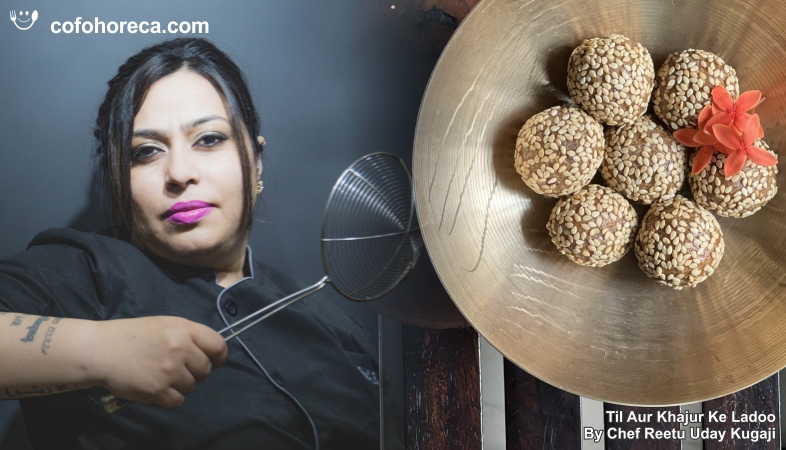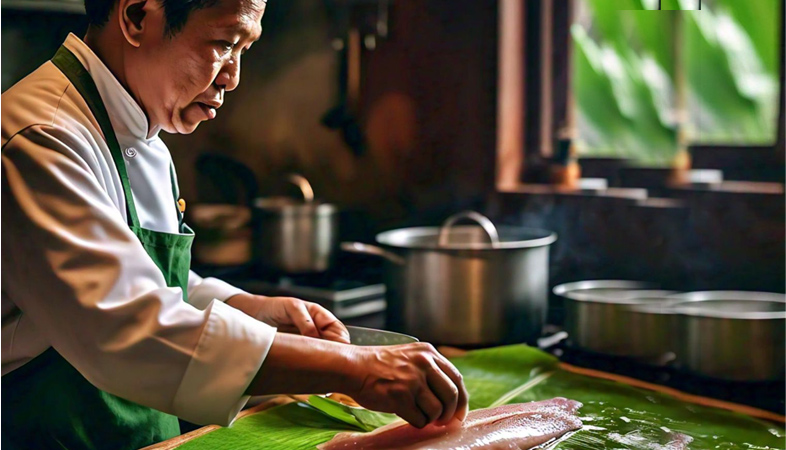SHARE
Commercials
More Posts
Feb 07, 2025
Cabinet Pudding - By Chef Indrajit
Mar 13, 2025
Til Aur Khajur Ke Ladoo - By Chef Reetu Uday Kugaji
Feb 05, 2025
Tender Coconut Shake - By Chef Falguni Somaiya
Apr 24, 2025
Banana Leaf Cooking Beyond India: Global Variations
Feb 21, 2025
Grilled Lamb Chops - By Chef Manoj Rathore
Dec 02, 2024
Tandoori Pomfret - By Chef Hukam Singh Rawat
Feb 07, 2025
Cabinet Pudding - By Chef Indrajit
Mar 13, 2025
Til Aur Khajur Ke Ladoo - By Chef Reetu Uday Kugaji
Feb 05, 2025
Tender Coconut Shake - By Chef Falguni Somaiya
Apr 24, 2025
Banana Leaf Cooking Beyond India: Global Variations
Feb 21, 2025
Grilled Lamb Chops - By Chef Manoj Rathore
Dec 02, 2024
Tandoori Pomfret - By Chef Hukam Singh Rawat
Feb 07, 2025
.png)




























